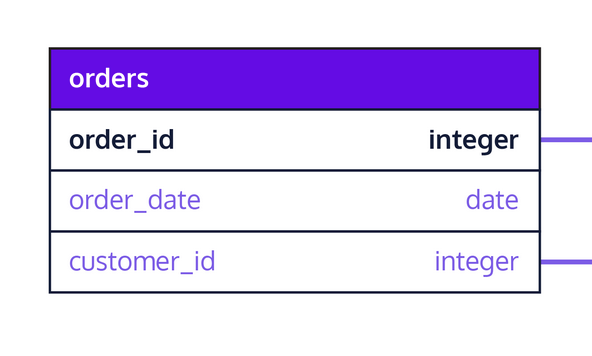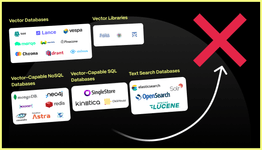
Stop using Integer ID’s in your Database


As someone who scrapes vulnerable sites for a living, and coming from a non-technical background myself, I feel like this advice isn't super helpful.
For all the vibe coders, here is a simpler list:
> Just use firebase or supabase for auth
> Have protected... See more
Adrian | The Web Scraping Guyx.com